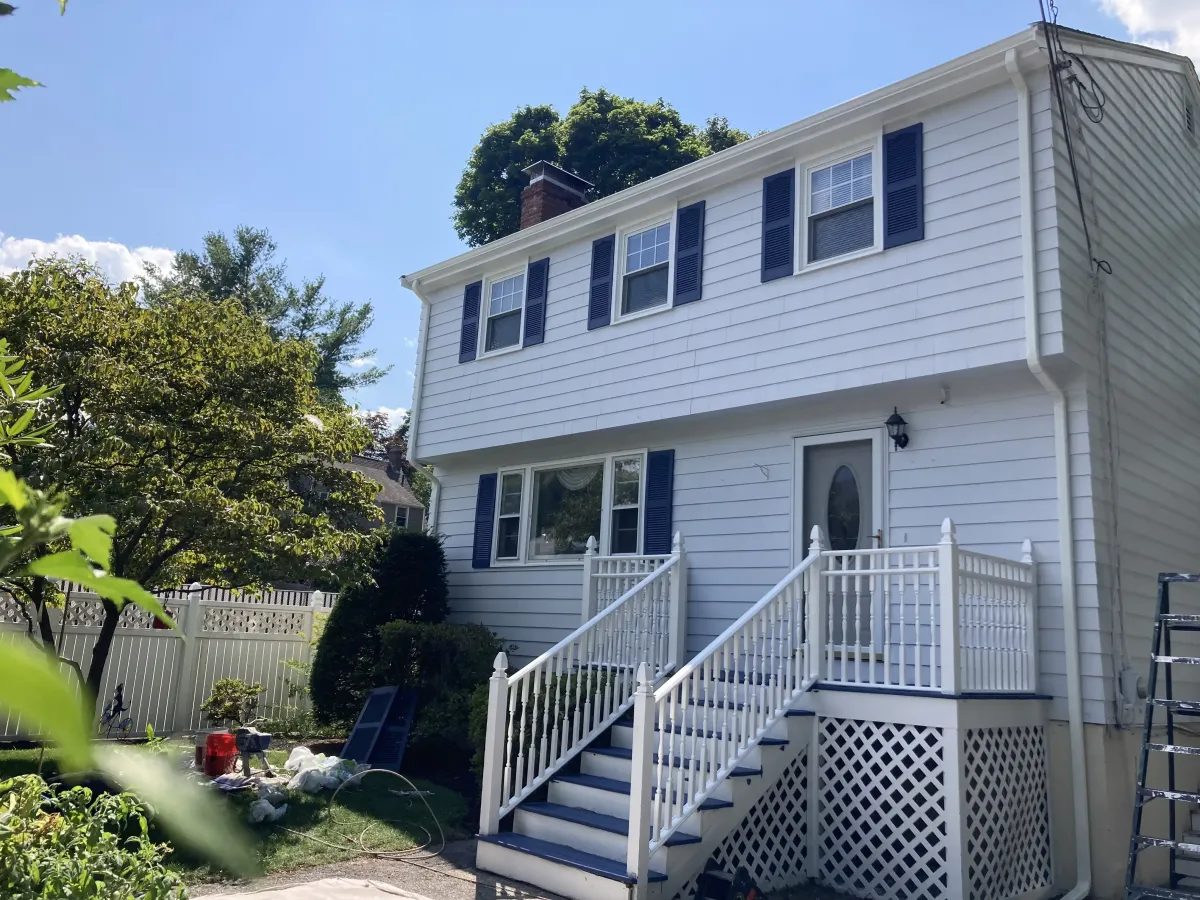
Paint for metal outdoors: Primer & topcoat guide
Painting outdoor metal requires careful preparation and the right products to ensure a long-lasting, rust-free finish. This guide covers essential steps and considerations for various metal types.
Metal types & coating needs
Steel: Prone to rust, requires thorough preparation and a rust-inhibiting primer.
Aluminum: Doesn't rust but needs proper cleaning and a self-etching primer for good paint adhesion.
Wrought Iron: Often intricate designs require careful cleaning and application. Rust prevention is crucial.
Primer-first: Essential for adhesion & rust prevention
Rust-Inhibiting Primers: Chemically prevent rust formation. Ideal for steel and iron. Examples include Rust-Oleum Stops Rust.
Zinc-Rich Primers: Offer superior, long-term protection, especially in harsh environments. The zinc corrodes instead of the metal, providing cathodic protection.
Self-Etching Primers: Crucial for aluminum. They contain chemicals that etch the aluminum surface, promoting better paint adhesion.
Metal Etch Primer: Suitable for steel, aluminum, and galvanized iron, providing excellent adhesion and corrosion protection.
Topcoats: Durable finishes for exterior use
Exterior Enamel Paints: Offer a strong, glossy finish that resists fading and chipping.
Acrylic Latex Paints: Flexible, durable, and resist fading, chalking, and blistering. Ideal for various metals.
Oil-Based Alkyd Paints: Provide a hard, smooth finish with good gloss retention and rust protection. May yellow over time.
Acrylic Alkyd Paints: Combine the durability of alkyds with the benefits of water-based paints (faster drying, easier cleanup, lower VOCs).
Polyurethane Coatings: Offer exceptional hardness, chemical resistance, and UV stability.
Surface prep: Crucial for paint adhesion
Cleaning: Remove dirt, grease, and grime with a degreaser or mild detergent.
Rust Removal: Use a wire brush, sandpaper, or scraper to remove loose rust. For heavy rust, consider abrasive blasting.
Sanding: Sand the metal surface to create a rough texture for better paint adhesion.
Primer Application: Apply a metal primer to prevent rust and ensure proper paint adhesion.
Cleaning (Again): Wipe the surface clean to remove any remaining dust and debris.
Application: Spray vs. brush & recommended thickness
Brush: Offers excellent control, especially for detailed areas.
Spray: Fast for covering large, flat surfaces. Requires masking to prevent overspray.
Thin Coats: Apply multiple thin coats for better adhesion and even drying.
Temperature & Humidity: Follow the paint manufacturer's recommendations for optimal application.
Maintenance: Chip repair & recoat timing
Regular Inspection: Check for chips, scratches, or rust spots.
Prompt Touch-Up: Repair damaged areas immediately to prevent further corrosion.
Recoat: Typically needed every 5-15 years, depending on the paint type and environmental conditions.
By following these guidelines, you can achieve a long-lasting, anti-rust finish on your outdoor metal surfaces.
Ready to protect and beautify your outdoor metal with a professional-grade finish? Masterpiece Painter specializes in durable and long-lasting exterior painting solutions, including expert metal coating application. Our team ensures meticulous preparation and a flawless finish that protects against rust and enhances your property's curb appeal. Contact us today for a consultation and let us help you achieve a truly resilient masterpiece!